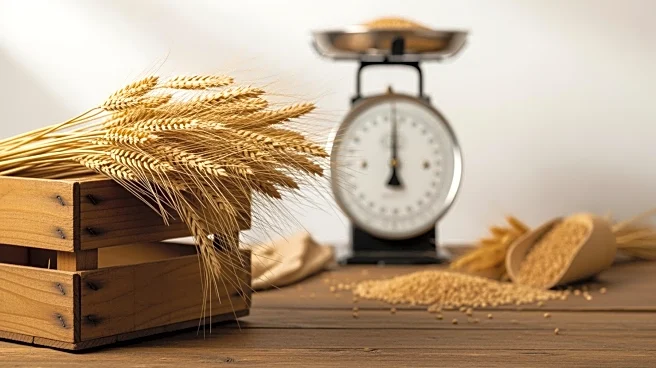What's Happening?
The U.S. dairy herd has reached its largest size in over 25 years, with an average of 9.54 million milk cows in the third quarter, according to a U.S. Department of Agriculture report. This increase, the steepest
on record, is attributed to dairy farmers retaining cows longer to breed beef-on-dairy calves, which are sold for meat. These calves have become a profitable income stream amid a beef shortage, fetching up to $1,500 each. The shift in dairy farming practices is driven by high beef prices and tight cattle supplies, which have led to record slaughter-weight animal prices.
Why It's Important?
The expansion of the dairy herd is significant as it provides a potential solution to the ongoing beef shortage in the U.S., which has resulted in record beef prices for consumers. By retaining cows for beef-on-dairy calf production, dairy farmers can generate additional revenue, helping to stabilize the meat supply. However, dairy cows represent a small portion of the overall U.S. cattle herd, so while the increase may ease supply constraints, it is unlikely to fully resolve the shortage. The development also highlights the economic pressures on farmers to adapt to market signals from both the dairy and beef industries.
What's Next?
The continued retention of dairy cows for beef-on-dairy calf production is expected to support the U.S. calf crop, potentially leading to its first increase since 2018. This could help alleviate the tight supply situation in the beef market. However, the dairy market's bearish sentiment may prompt farmers to reassess their strategies if milk prices continue to decline. The balance between milk production and beef calf profitability will be crucial in determining future herd management decisions.











